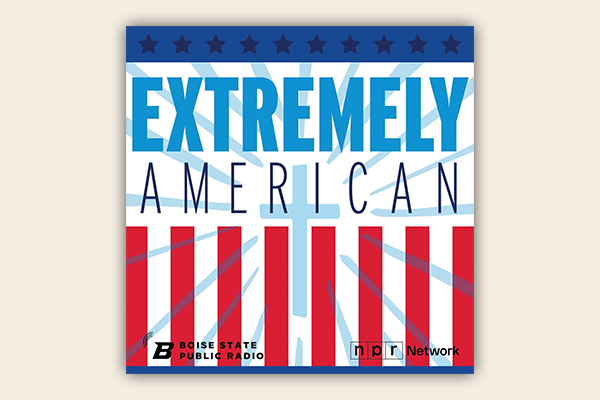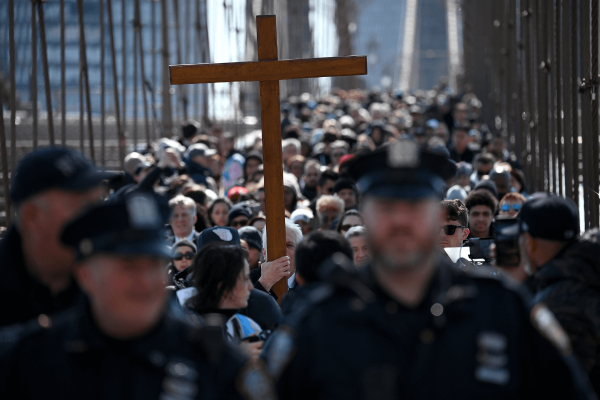This Black History Month, celebrating the authentic truth of black people in America then and now is not merely one of form and fashion, but of utter necessity.
The black experience in America, and beyond, is not monolithic. There is no one way of being. There is no one process of thought. There is no one practiced religion. To be black in America is to be a member of the most diverse family in human existence. A family that contains hues of varying melanin concoctions, divine beauty, unparalleled intellect, undeniable strength and a plethora of characteristics that stretch beyond my current vernacular. But above all, to be black in America is to be in a constant state of rage.
The rage of black people in America is often misunderstood, misplaced, and mis-categorized. The privileged majority lacks the understanding and experience of oppression, neglect, and both systemic and institutionalized racism.
So, the legacy of Rev. Dr. Martin Luther King Jr. is sanitized, Malcolm X is demonized, George Washington Carver is minimized, Jarena Lee is forgotten, and Claudette Colvin continues to be unmentioned.
It is also from this rage and this discontent that black people in America created and orchestrated their own culture, ensuring that legacy and heritage would exist for their children. They gathered in “hush harbors” to worship their God and maker, absent of slaveholder religion and influence, tapping into the untampered presence of the Holy Spirit and the deities of the Motherland. They took the slop and remains of the plantation and created a delicacy now known as “soul food.”
These men and women, upon their freedom, built churches and erected denominations, colleges, and universities.
And while all of these parts of black culture, whether it be our music (gospel, hip hop, jazz), fashion, dialect, food, mannerisms, or even our faith, are consistently mocked and exploited, we will always proclaim that black is beautiful. In the midst of a Trumpian presidency that mirrors the reign of Nebuchadnezzar and Herod, white nationalism that mirrors the rage of Bull Connor, blackface revelations that mirror minstrel performances, underfunded public schools in densely populated black communities and counties, unclean and undrinkable water in Flint, the distortion of kneeling to protest the killing of innocent black and brown persons during the singing of an anthem which celebrates enslavement, gentrification, and eradication of our nation’s distinct and historic black cities all masked in the claim of “revitalization,” the perseverance of black America prevails.
“Out of the huts of history’s shame
I rise
Up from a past that’s rooted in pain
I rise I'm a black ocean, leaping and wide,
Welling and swelling I bear in the tide.
Leaving behind nights of terror and fear
I rise
Into a daybreak that’s wondrously clear
I rise
Bringing the gifts that my ancestors gave,
I am the dream and the hope of the slave.
I rise
I rise
I rise.”
- Maya Angelou, Still I Rise
Four hundred years after the first enslaved Africans were brought to the U.S., the dreams and hopes of those very people still rise. They rose in the testaments of Thurgood Marshall and Shirley Chisholm. They established a luminary through the four little girls killed in Birmingham and nine souls murdered in Charleston. They burned brightly through the sacrifice of the Greensboro Four, Little Rock Nine, Richmond 34, and countless others.
They shined bright through the witness of Julian Bond and Medgar Evers. They reigned supreme at the light of Fannie Lou Hamer. And they continue to burn in this present age of heirs from Ayanna Pressley to Hakeem Jeffries. From this lineage, a generation has been birthed out of resistance, nurtured by perseverance, led by their maker, clothed in their melanin, and driven by their ambitions.
Above all, we are unashamedly black.
Got something to say about what you're reading? We value your feedback!







